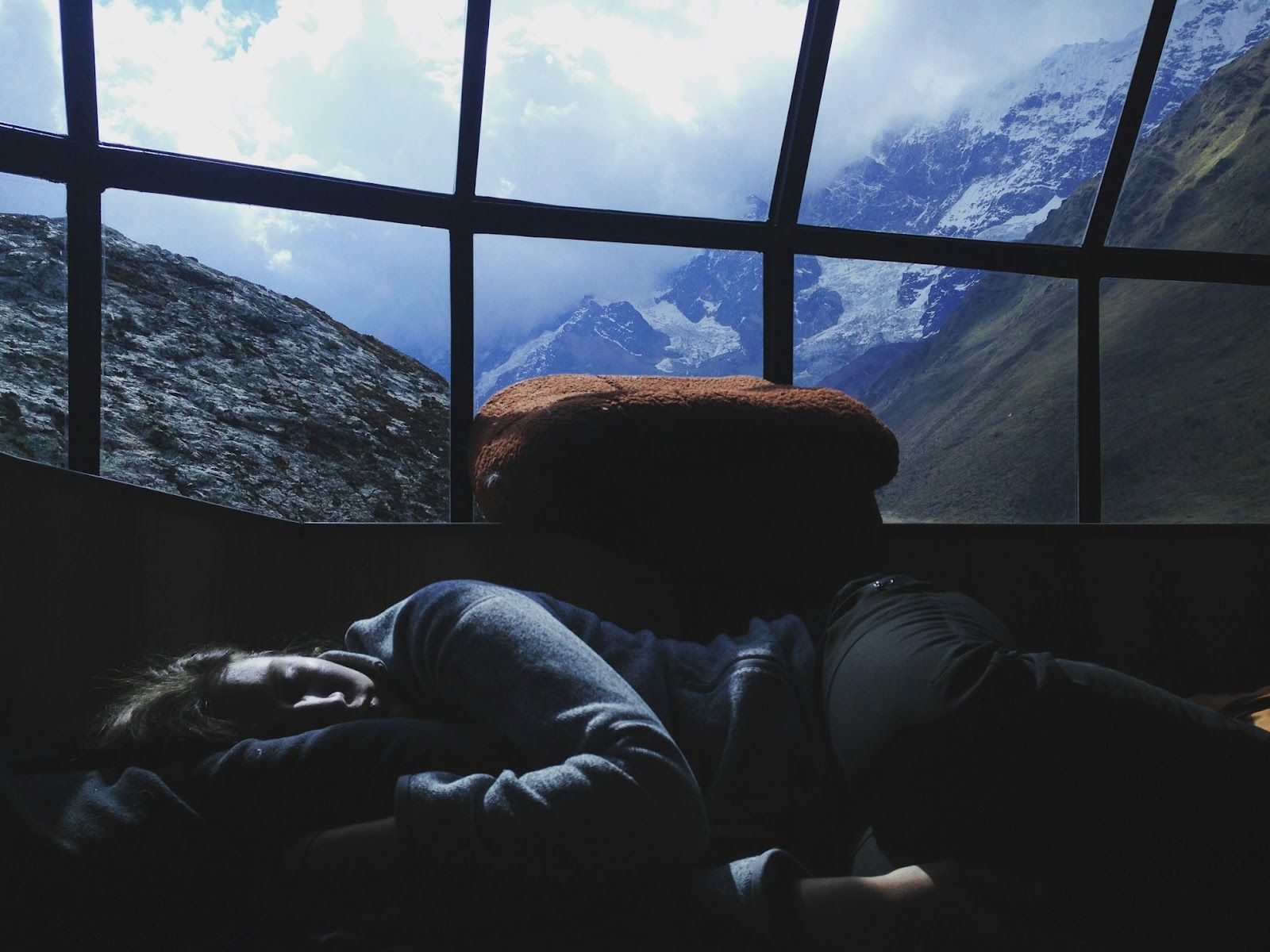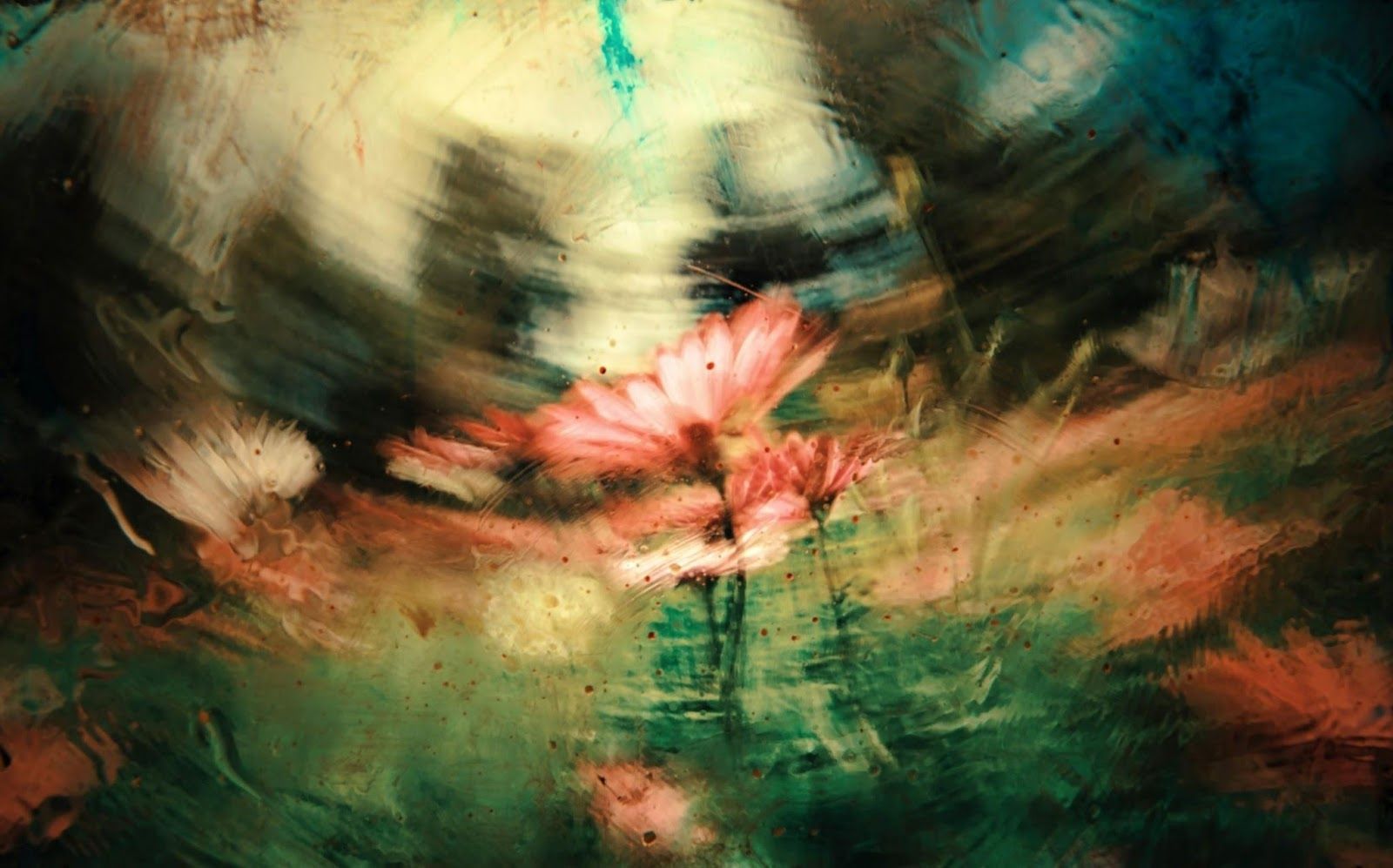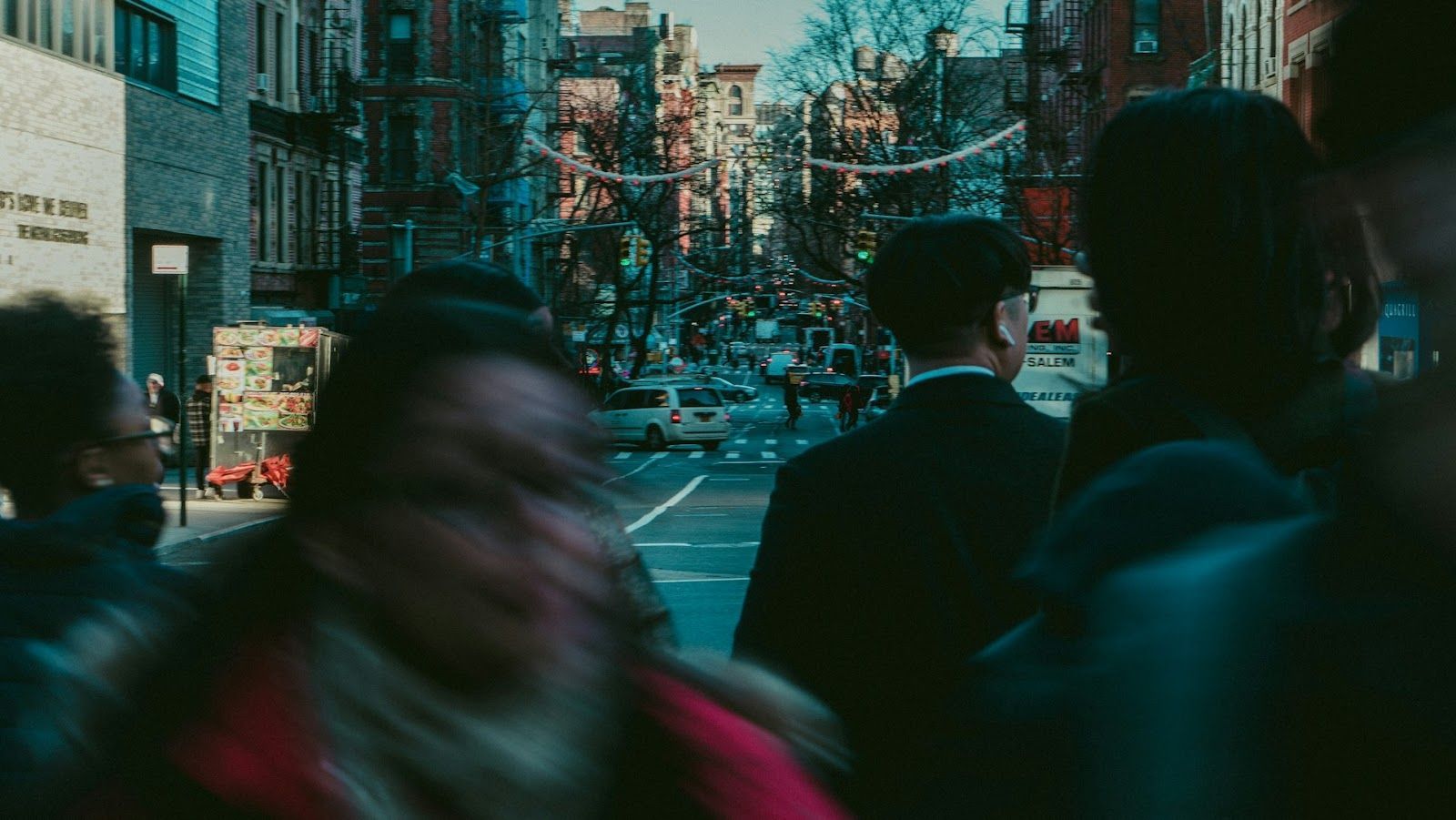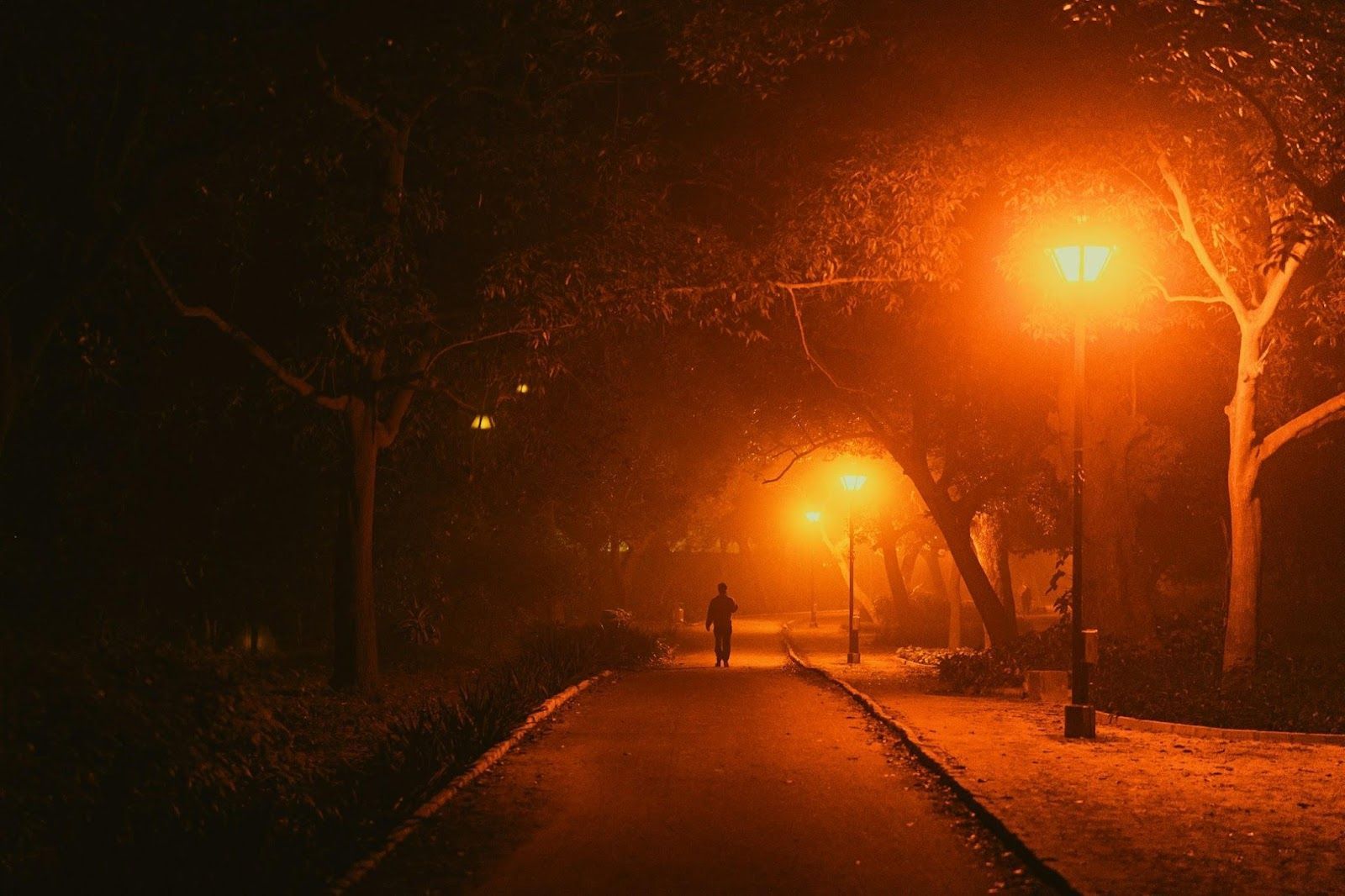Which one stole your heart?
What does Dachshund mean in German? Spoiler: It's not "wiener dog"!
Published on September 11, 2025
 Credit: Glenn
Credit: Glenn
Do you love dogs? From royal companions to fearless hunters and from German badger dogs to barkless African hounds, the names of our favorite breeds often hold surprising stories. Whether you’re a fan of the stoic Mastiff, the sassy Poodle, or the majestic Husky, there’s a tale behind each name that might surprise you. Let’s dig in!
Husky
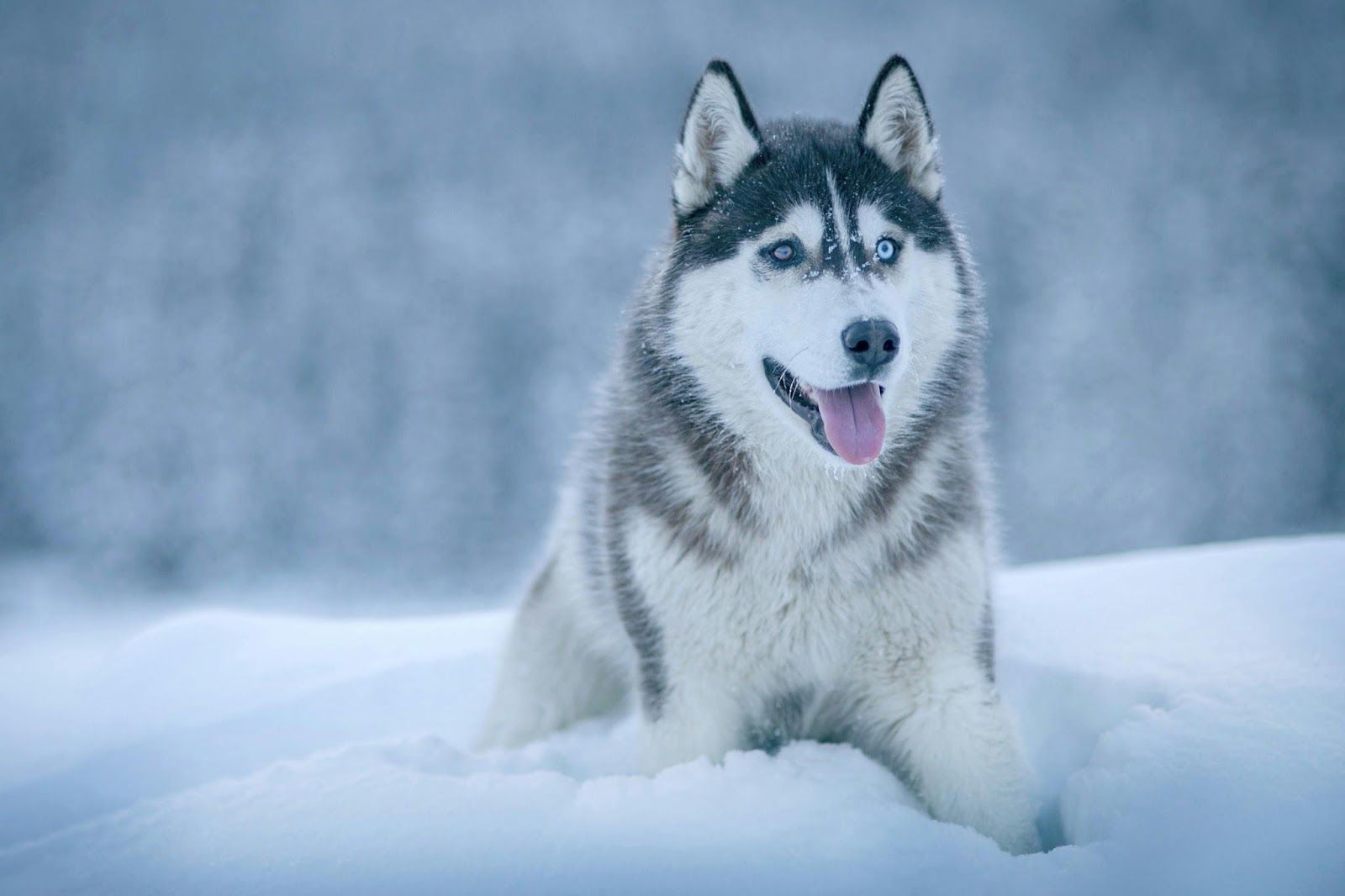 Credit: photo nic
Credit: photo nic
The beautiful, blue-eyed Husky is inseparable from dog-sledding lore. The breed’s name evolved from the word "Eskimo."
English sailors once slurred "Eskimo" into "Uskee" or "Huskemaw," which eventually transformed into "Husky."
Dachshund
 Credit: Alondra Pavón
Credit: Alondra Pavón
What’s not to love about wiener dogs? Their original name, however, refers not to their iconic sausage shape but to the purpose for which the breed was developed.
Dachshunds were bred to hunt badgers and other burrowing animals, with their long bodies and short legs making them ideal for digging into tunnels. The name is a German compound of Dachs (badger) and Hund (dog), meaning "badger dog."
Schnauzer
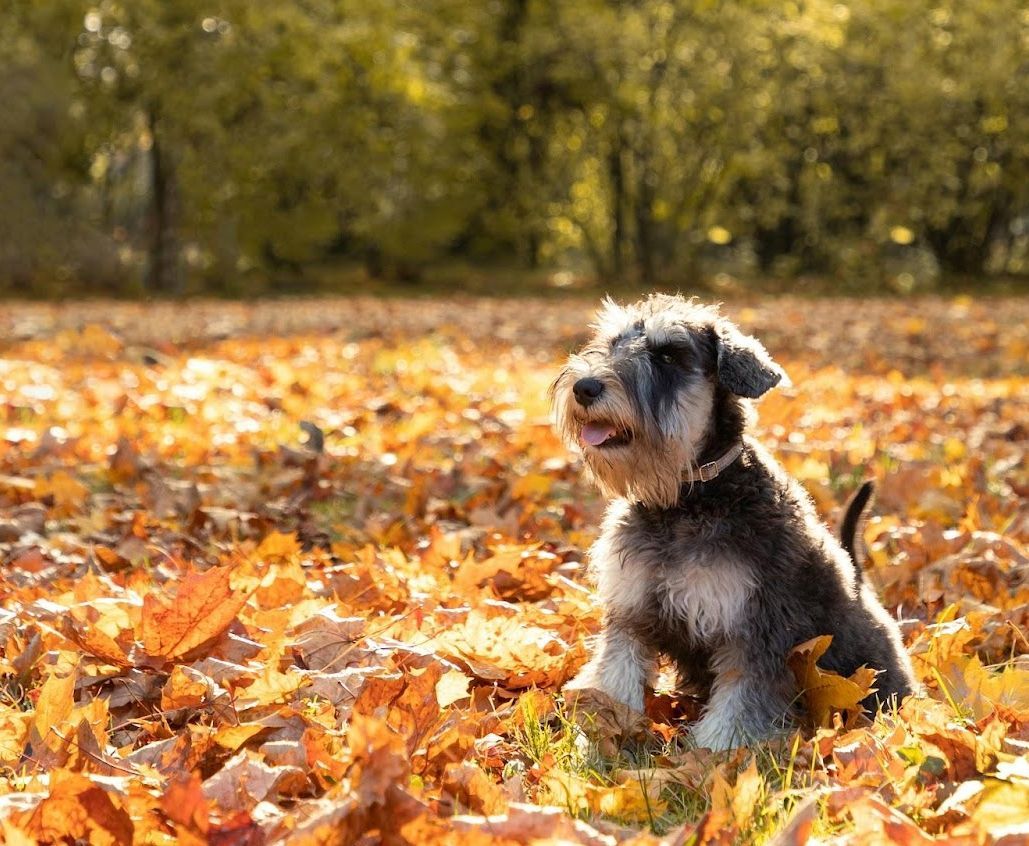 Credit: Irene
Credit: Irene
There are three beloved varieties of Schnauzer—miniature, standard, and giant—and each has had its moment in pop culture.
The breed takes its name from its distinctive "mustache" or schnauze (snout) in German, literally meaning "snouter" or "muzzle." Originally, Schnauzers were used as rat-catchers and guard dogs in Germany.
Doberman
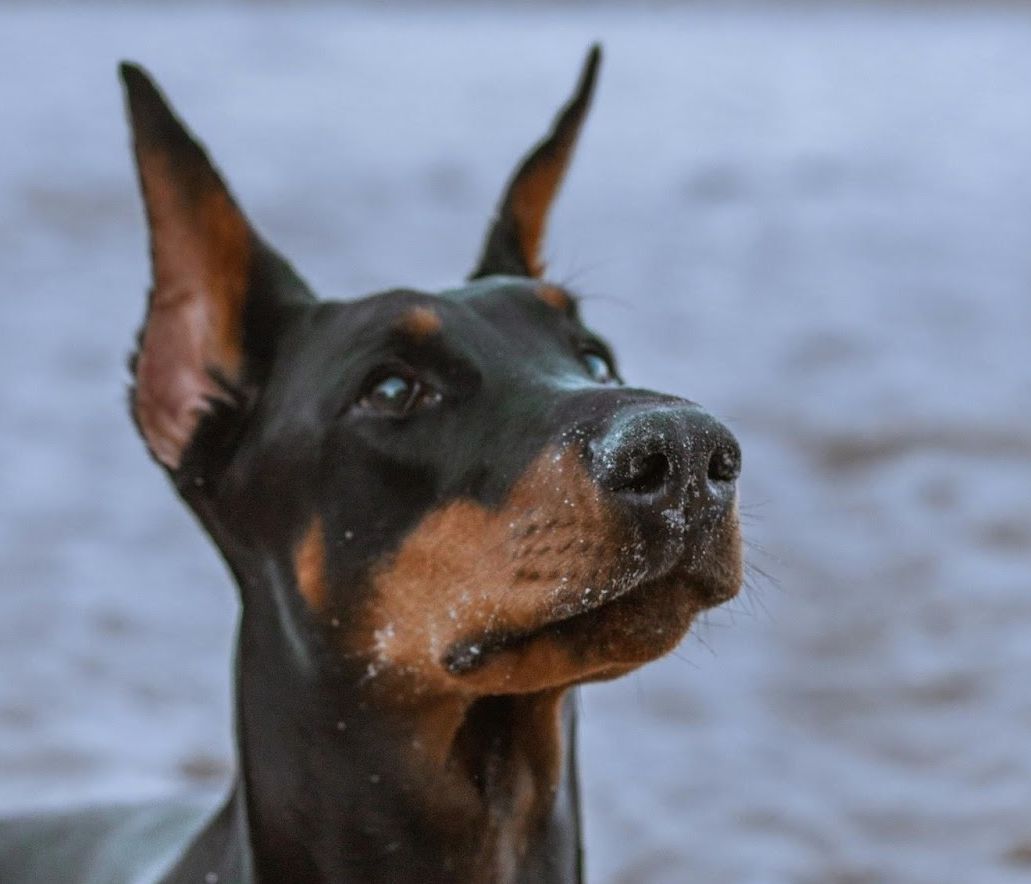 Credit: Anna Kozakova
Credit: Anna Kozakova
Often portrayed as guard dogs or police K-9s in film, Dobermans were named after Karl Friedrich Louis Dobermann, a 19th-century German tax collector who developed the breed as a loyal and protective companion for his dangerous rounds.
Corgi
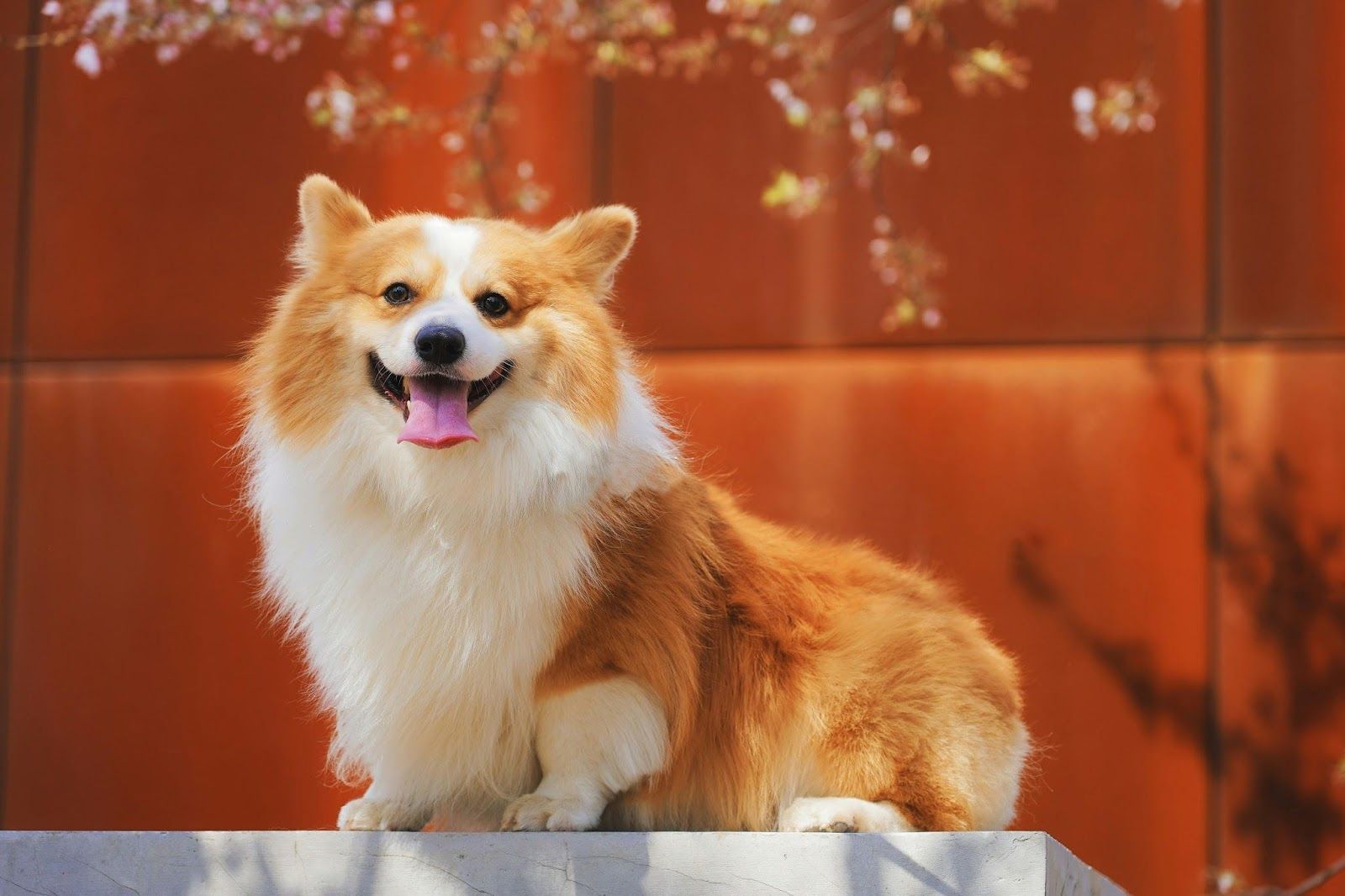 Credit: Alvan Nee
Credit: Alvan Nee
Queen Elizabeth II’s beloved Welsh Corgis made the breed internationally famous. In Welsh, cor means "dwarf" and gi (a soft mutation of ci) means "dog," so Corgi translates to "dwarf dog." Indeed, the breed originated in Wales, where it was used for herding cattle by nipping at their heels. Over time, Corgis also became a cultural symbol of British royalty.
Basenji
 Credit: TomasHa
Credit: TomasHa
Known as the "barkless dog" of Central Africa—because of its unique larynx structure, which produces a yodel-like sound (baroo) instead of a bark—the name "Basenji" comes from a Bantu language and roughly translates to "village dog" or "bush thing." The breed is ancient and was used for hunting in the Congo.
Labrador Retriever
 Credit: Joshua Köller
Credit: Joshua Köller
Did you know the Labrador Retriever has been America’s most popular dog breed for decades? Despite its name, the breed did not originate in Labrador but in Newfoundland.
It was called "Labrador" because British breeders associated the dogs with the Labrador Sea and the nearby region, while "Retriever" refers to the breed’s role in hunting.
Golden Retriever
 Credit: Justin Aikin
Credit: Justin Aikin
So, did Golden Retrievers retrieve gold? Short answer: no. Like Labradors, they were bred to retrieve game for hunters, but the "golden" part of their name refers to their beautiful coat.
The breed was developed in Scotland in the 19th century by crossing several breeds to create an obedient, water-loving gun dog.
Beagle
 Credit: Rahul danga
Credit: Rahul danga
Snoopy is perhaps the most famous Beagle out there, even though we only saw him in black and white.
The origin of this beloved breed’s name is debated. It may derive from the Old French begueule, meaning "open throat," a nod to their baying howls. Others trace it to Celtic or Old English words meaning "small."
Poodle
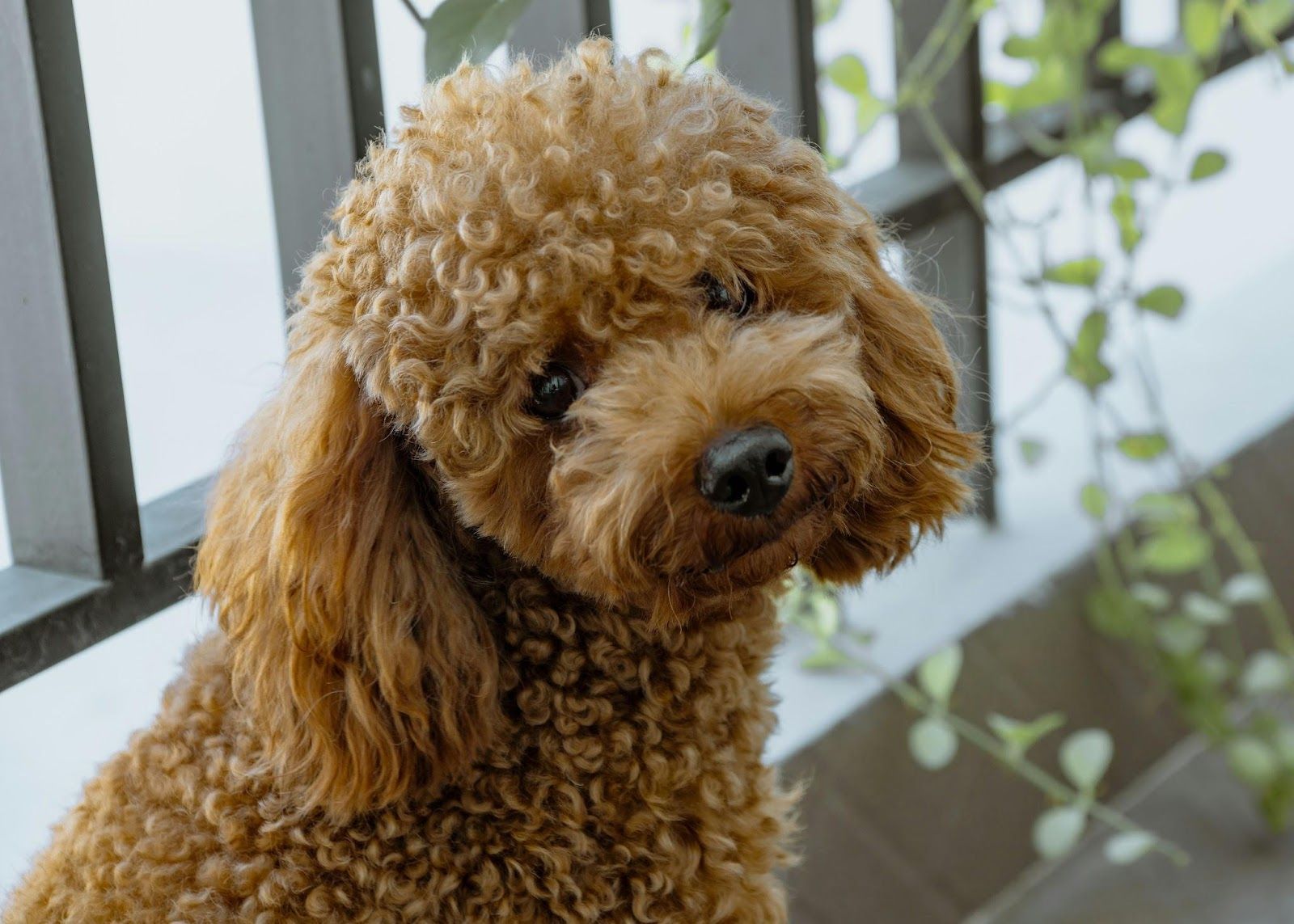 Credit: Tra Tran
Credit: Tra Tran
Always pampered and impeccably groomed! If the term "Poodle" has always reminded you of "puddles," you are not far off. The name comes from the German Pudel or Pudelin, meaning "to splash in water." Poodles were originally bred as water retrievers, so their name reflects this aquatic work.
Pug
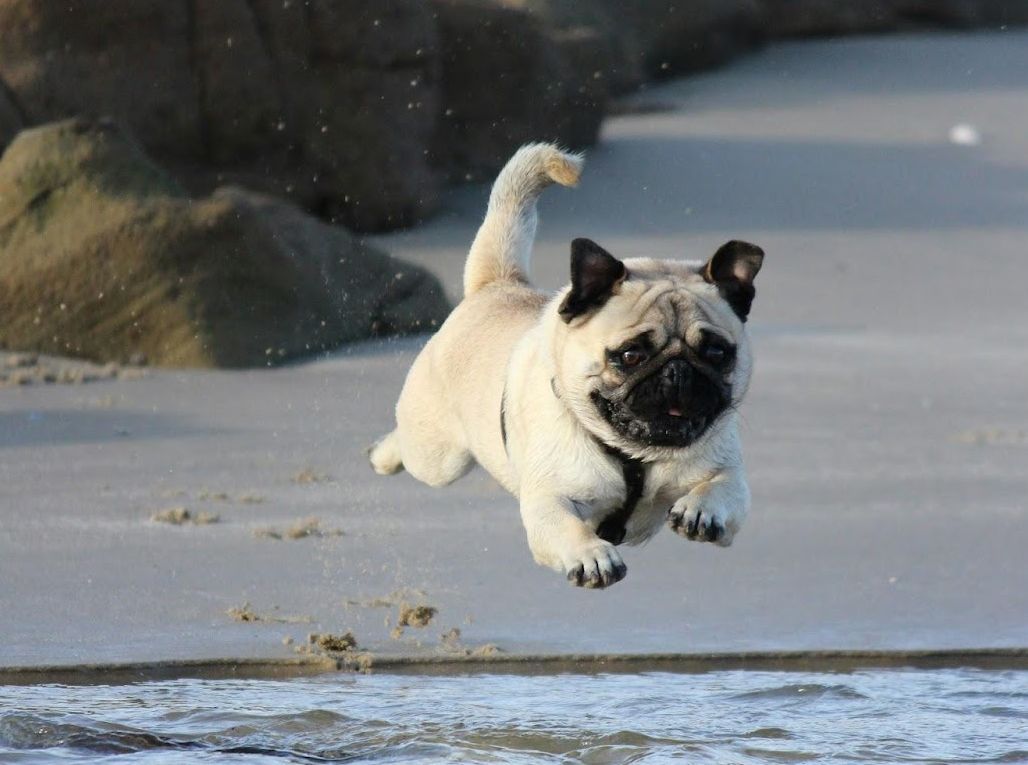 Credit: Bruce Galpin
Credit: Bruce Galpin
Pugs’ features and expressive faces have made them a source of comic relief in pop culture. There is no consensus about the origin of their name, however.
Some say that it derives from the Latin pugnus, meaning "fist," perhaps referencing their squished, fist-like face. Others say that in 18th-century England, "pug" was also a term of endearment for something small and compact-looking.
Boxer
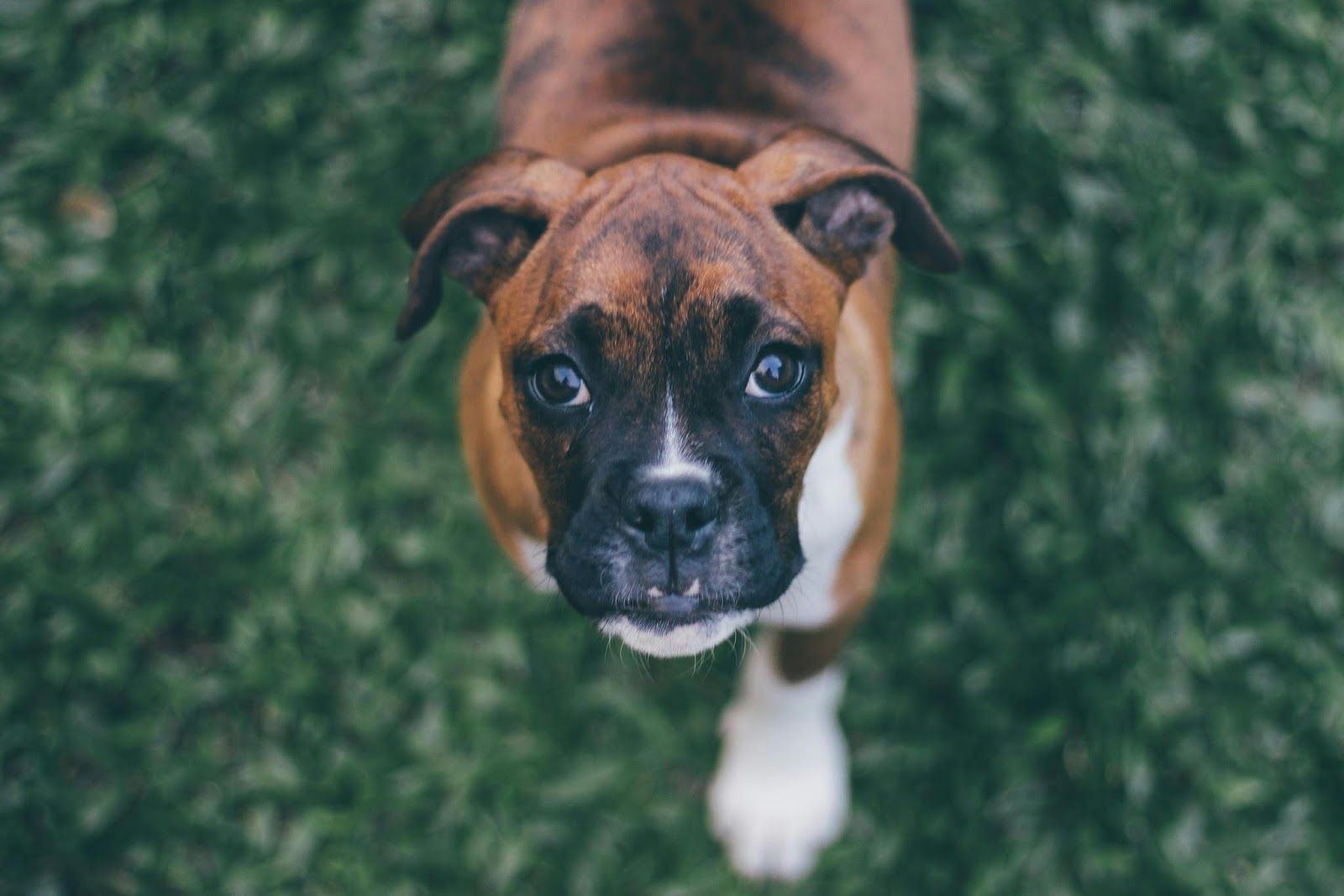 Credit: Jackson Jorvan
Credit: Jackson Jorvan
Athletic, energetic, and full of protective instincts, Boxers are true family guardians. But why the name?
It is thought to come from the breed’s tendency to use its front paws in play, like a boxer in the ring. Another theory links the name to the German word Boxl, a nickname for the breed in Bavaria.
Mastiff
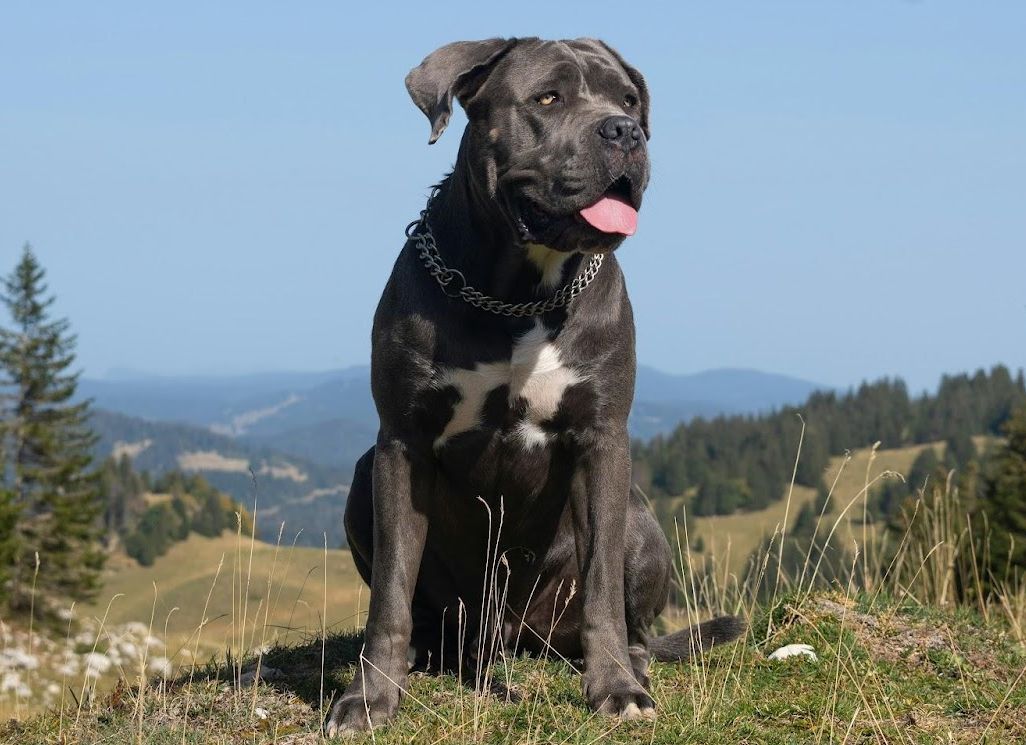 Credit: Sophie Hollies 🇨🇭🇫🇷 🇬🇧
Credit: Sophie Hollies 🇨🇭🇫🇷 🇬🇧
As calm and noble as they are huge, Mastiffs were named after the Old French mastin or the Latin mansuetus, meaning "tame" or "domesticated." Despite their imposing size, Mastiffs were bred to guard homes and estates while remaining loyal and gentle with their owners.

